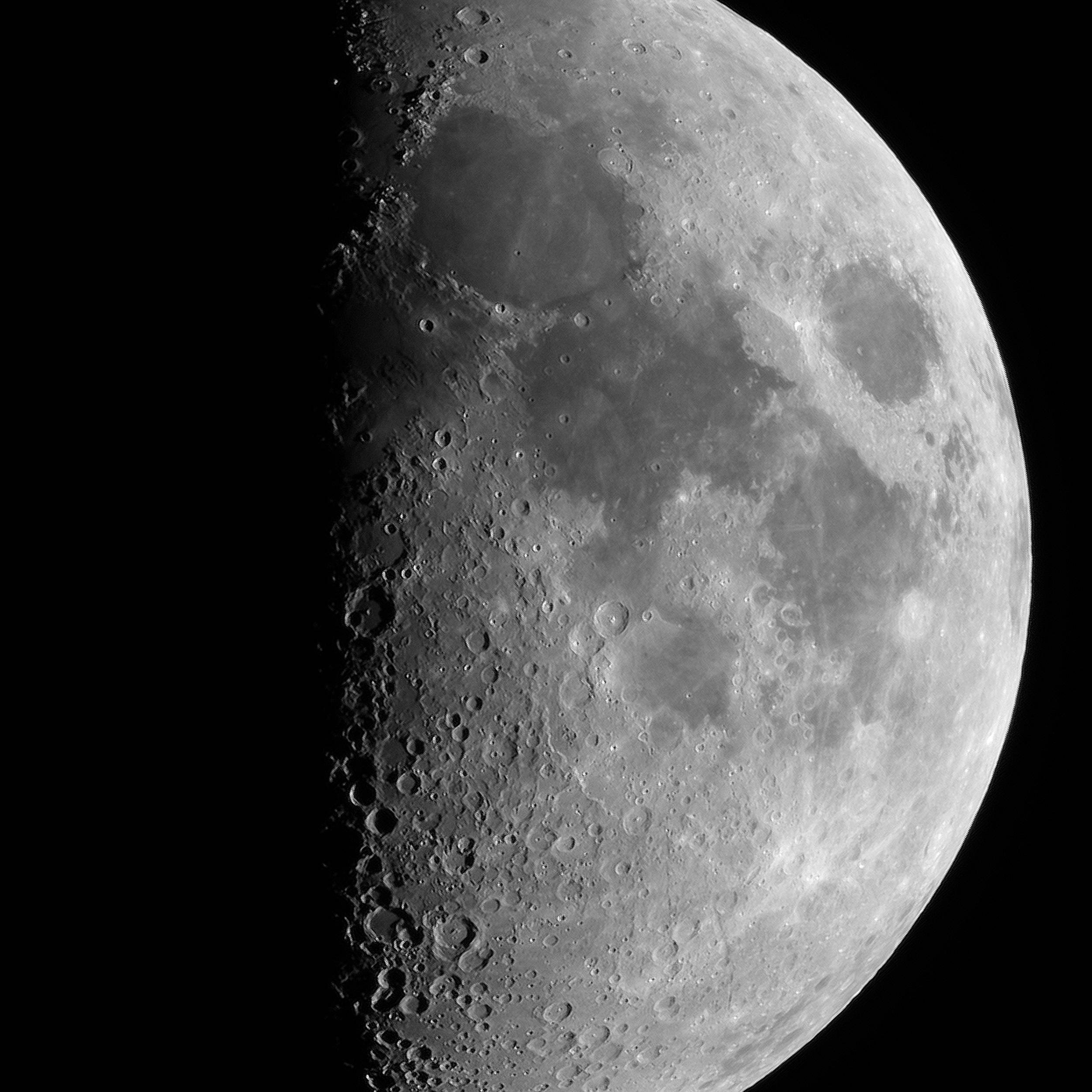
Maintenance tips for your observation station
29 Nov. 2021
CONTENTS
1. The advantages of the Stellina and Vespera design
Vaonis observation stations are closed-tube instruments unlike conventional main mirror telescopes with open tubes. This makes them less fragile and easier to maintain. There is less risk of dust getting into the tube, the optical system is better protected and the mirror does not need to be aligned regularly to maintain performance, even after being moved.
2. Tips for transporting your observation station
Two accessories are available for transporting your Stellina:
- The backpack allows you to protect the observation station when transporting it over short distances or when walking to an observation site not accessible by vehicle.
> See the backpack
- The carrying case further protects Stellina for transport in a vehicle and even on planes as hold luggage. If you do transport your instrument as hold luggage, inform the staff at check-in and ask them to put a “FRAGILE” sticker on the case.
> See the transport box
- Thanks to its compact design, Vespera can be adapted to many models of travel or sports bags.
- In all cases, during transport, be sure to keep the telescope in its protective case to limit micro-scratches on the shell.
3. Tips for using your observation station
- Stellina and Vespera have been designed to operate optimally at between 0° and 40° Celcius.
- Stellina has a humidity sensor. If it rains, the optical arm closes automatically. However, the observation station is not designed to withstand heavy rain. Therefore, if the weather is uncertain, do not leave your telescope outside unattended if it is not sheltered.
- When it is windy, do not install Stellina – Vespera near sandy or dusty areas to avoid sand grains being blown onto the optics and the shell, or dust being deposited on the lens.
- Avoid exposing the instrument to the sun for too long to prevent the shell from yellowing.
- Before folding the Gitzo tripod at the end of your observation, dust the retractable parts of the legs to prevent sand grains from entering the legs, scratching them or jamming the mechanism.
4. Tips for cleaning your observation station
Optical system.
Ideally, the front lens should be cleaned as little as possible. It is sometimes preferable to leave some dust or very light traces rather than risk a hazardous manipulation which could damage it. Avoid contact with fingers to avoid leaving greasy marks and with abrasive objects to avoid scratching. It is possible that some dust may be present inside the optical tube. This does not affect the performance of the observation station.
If, despite your precautions, dust or greasy marks become a nuisance, here’s how to proceed:
- Make sure there is no moisture on the lens.
- Start by removing the dust with a feather brush or a blower (available at photo supply stores).
Never wipe the lens while there are dust particles on its surface. You could scratch it. - If dust remains stuck on the lens, you can try to put a few drops of non-calcareous water on it (prefer distilled water to avoid additional deposits).
- Once the lens is free of dust, you can use an optical wipe to remove greasy deposits and other marks. Proceed gently without putting too much pressure on the lens.
- Start by removing the dust with a feather brush or a blower (available at photo supply stores).
Shell and tripod.
- The shell of your observation station can be cleaned with a microfiber cloth and an acetone-free household cleaner (window cleaner, multi-surface cleaner, white vinegar).
- Check the mounting base to make sure nothing will interfere with its proper placement on the tripod.
- You can grease the legs of the Gitzo tripod to make them slide perfectly by using the Gitzo tripod grease provided.
> Order tripod grease
5. Tips for storing your observation station
- If moisture is present on the telescope, let it dry in a ventilated area before storing. If you notice moisture on the lens, you can leave the device with its anti-fog system on for half an hour to an hour after your observation.
- If you have to transport it in a crate or bag from your observation site to your home, take it out of the transport crate for a few moments when you get home.
- Following observation in very low temperatures, avoid storing the observation station immediately in a heated area to limit thermal shock and moisture condensation. Leave it for a few moments in a sheltered, unheated and ventilated place.
- When storing the instrument, close the optical arm and the battery compartment and use the cover to limit dust deposits on the lens, the connectors and the interior of the telescope.
6. About the battery pack
- Even if you aren’t going to use the battery for a long period of time (several months) it is still advisable to recharge it from time to time to avoid premature aging and discharge.
- The battery contains lithium. It should be stored in a dry place at room temperature.
- Do not use damaged USB cables.
- If you plan to transport your observation station by plane, keep in mind that batteries are not allowed in the hold and must be taken with you as carry-on luggage.
What to do if you have a problem with your observation station
If your telescope is no longer working properly, if it has been damaged or has defects, you can contact our customer service department by phone at +1 855-399-0947 or with WhatsApp at +33 6 70 34 09 03 from Monday to Friday from 10 am to 6 pm (French time). We will do our best to provide you with a solution so that you can use your observation station normally again.
Reminder about the warranty
Stellina and Vespera are precision assembled and should not be disassembled or modified. Any opening of the shell or modification of the mechanical and optical system will void the warranty. To find out the full warranty terms for your product, click here.








